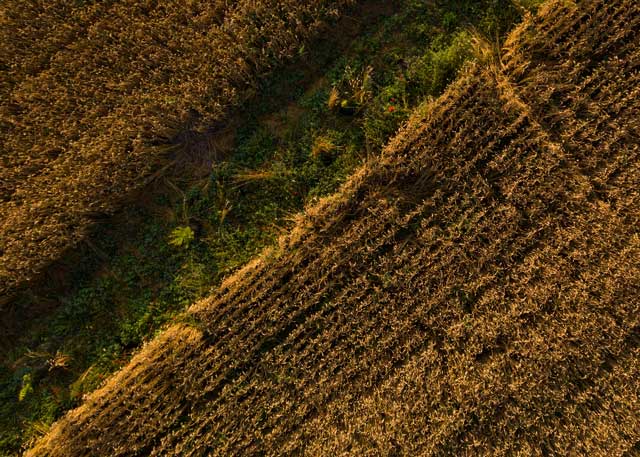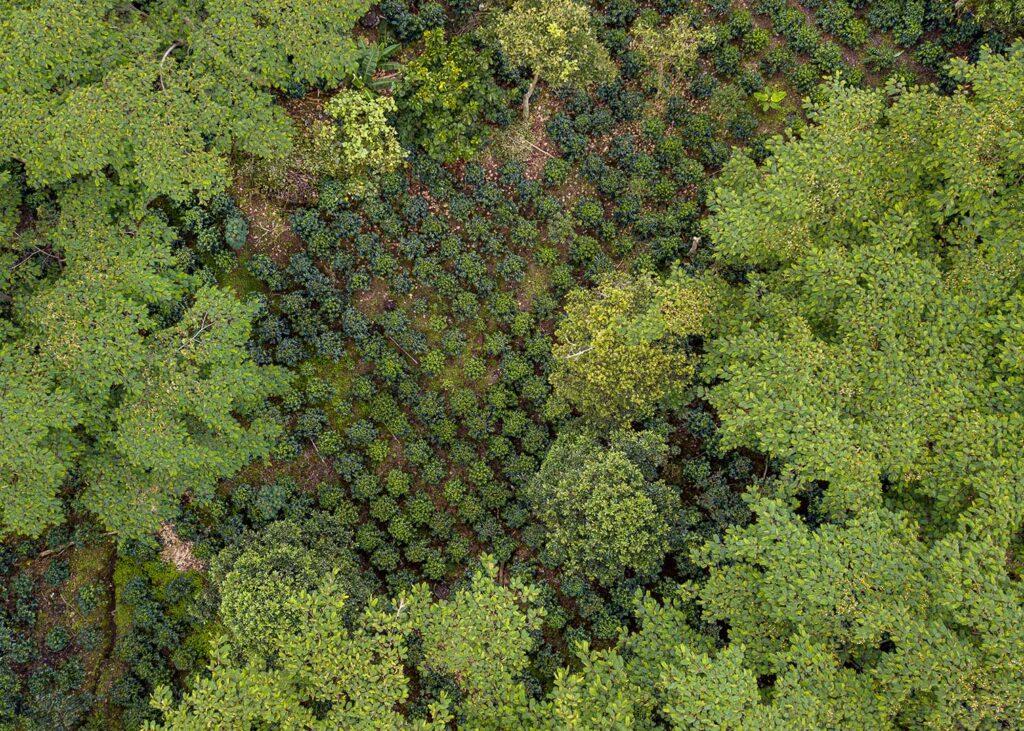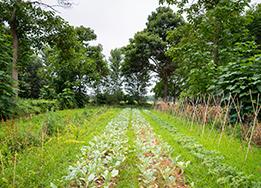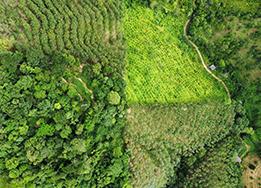Where do coconuts come from?
Coconuts are mostly grown in Southeast Asia, with over 70% of the world’s supply being sourced from three countries: the Philippines, India, and Indonesia.
On the Indonesian island of Bali, coconuts play a central role in cultural practices; particularly the religious offerings of its Hindu population. The coconut is used as a symbol of prosperous life and a representation of several divine beings in Hinduism.
In the context of agriculture, coconut trees have a limited productive life of 30 to 40 years, producing far fewer coconuts as they age. This has led to multi-generational coconut farmers in Indonesia suffering from low yields, with harvests declining and costs of production rising each year.
Collaborative Approaches to Regenerative Coconut Agroforestry
To set up successful regenerative agroforestry programs, PUR connects with local cooperatives in Bali to determine the best regional opportunities for nature-positive impact, as well as the main barriers to entry for coconut producers.
Coconut farmers do not typically gather together to discuss regional improvements nor collective economic development, due to doubts about the relevance of formal partnerships. This challenge has been overcome by building programs that directly target farmers’ key interests—including community benefit activities, income diversification, and sustainable farm management.
This strategy has led to the introduction of additional tree species beyond coconut to develop multipurpose agroforestry models. By combining multiple species on the same parcel of land, our agroforestry systems produce a diversity of benefits for smallholder coconut farmers.
For instance, Neem trees provide farmers with feed for their livestock, while also replenishing nutrients in the soil. Whereas trees like Guava and Soursop can generate economic value for farmers by harvesting their fruit, and Ficus supports vital ecosystem services like water conservation and biodiversity.
Another key aspect of PUR’s projects is the development of community tree nurseries—which supply farmers with high-quality seedlings for agroforestry systems, while also creating jobs for local agricultural workers.
Agroforestry Creates More Sustainable Futures for Coconut Production
At PUR, we implement regenerative models on farms producing global commodities—reducing the environmental footprint of major supply chains including coffee, cocoa, rice, sugar cane, and coconuts. In Indonesia, we are designing agroforestry systems that target key economic, environmental, and livelihood benefits for local communities.
In the Pejarakan region of Bali, we are combining coconut agroforestry with our preexisting mangrove restoration projects. This initiative aims to increase community participation to restore coastal ecosystems, while also motivating youth to get involved in environmental projects. In 2022, this engaged more than 50 students from Science Faculty, University of Ganesha, who helped to plant mangrove saplings on several key project sites.
Supporting farmers through knowledge sharing is the ultimate vision of these projects, helping to spread sustainable practices and long-term prosperity throughout the region. By expanding our project’s impact across local communities, we aim to inspire future generations of Indonesian youth, while teaching participants about the enduring benefits of agroforestry projects.



